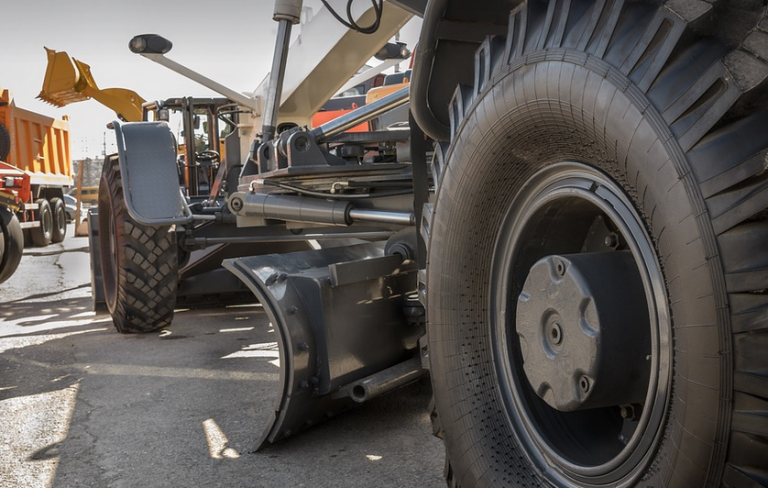A Look at the Demands of This Skilled Trade
Welding, often hailed as a fascinating and rewarding profession, is more than just a craft—it’s a physically demanding job that requires stamina, strength, and a healthy dose of physical dexterity. While the intricacies of welding may be captivating, understanding the demands this trade places on our bodies can empower us to approach it with the right preparation and mindset.
Let’s dive deeper into the realm of welding’s physical demands, exploring various aspects that contribute to its demanding nature.
The Physical Demands of Welding: A Closer Look
Welding involves a range of physically challenging tasks, from maneuvering heavy equipment and materials to holding steady postures for extended periods. It goes beyond simply bending over a welding torch—the process demands physical strength, endurance, and flexibility.
One aspect that stands out is the constant need for precise control over your body. Welding requires fine motor skills as you manipulate intricate equipment with precision. This often leads to fatigue in the hands, wrists, and shoulders.
Welding can also be a physically demanding job, requiring stamina to stay alert throughout long shifts. The heavy lifting of materials, carrying welding rods, and maintaining a consistent posture for extended periods all contribute to physical strain.
The environment itself plays a role in the physical demands. Welding fumes, heat, and potentially hazardous atmospheres can make it even more challenging. Safety gear like respirators and protective clothing add an extra layer of physical exertion as they restrict movement.
The Physical Demands Varied Across Different Welding Types
The demands of welding vary depending on the specific type of welding employed. For example, TIG (Gas Tungsten Arc Welding) can be more physically demanding than MIG (Metal Inert Gas Welding), especially when dealing with intricate joints or thicker materials.
MIG welding typically requires less manual dexterity and stamina due to the machine’s automatic feed systems, but it still demands a certain level of physical exertion, especially during long-running welds.
Shielded Metal Arc Welding (SMAW) often involves carrying heavy equipment and working in confined spaces, making it physically demanding.
The welding process also requires precise control over the welder’s body, with constant adjustments to handle the torch and maintain a stable stance for extended periods. This demands significant physical effort from the welder.
**Preparing Your Body for the Challenge of Welding: Essential Tips**
To successfully navigate the physical demands of welding, it’s crucial to prepare your body properly and develop healthy habits that support this demanding career path. Here are some essential tips to consider:
1. **Strength Training:** Develop a comprehensive strength training routine that targets key muscle groups used in welding—legs, core, arms, shoulders, and back. Exercises such as squats, lunges, planks, and rows help build the necessary muscular endurance for extended work.
2. **Cardiovascular Exercise:** Incorporate cardio exercises like brisk walking, running, swimming, or cycling to improve cardiovascular fitness. This will enhance stamina and reduce fatigue during long shifts.
3. **Flexibility and Mobility Exercises:** Regularly practice yoga, stretching, or other flexibility-enhancing exercises to increase range of motion and reduce the risk of muscle injuries.
4. **Proper Posture:** Maintain good posture throughout your workday. This minimizes back strain and allows for more efficient movements.
5. **Ergonomic Tools and Workspaces:** Employ ergonomic tools and work spaces as much as possible to minimize physical stress on joints, wrists, and hands.
6. **Regular Breaks:** Take frequent breaks throughout the day to avoid discomfort and potential injuries. Short walks or stretching can help refresh your body.
7. **Hydration:** Stay well-hydrated by drinking plenty of water throughout the shift. This helps maintain optimal muscle function, reduces fatigue, and improves overall performance.
8. **Healthy Diet:** Fuel your body with a balanced diet rich in fruits, vegetables, whole grains, and healthy fats to provide the necessary energy for physical exertion.
9. **Listen to Your Body:** Every welder is different; some are naturally more physically fit than others. Pay attention to your body’s signals. If you feel pain, fatigue, or discomfort, take a break or adjust your work routine accordingly.
10. **Seek Professional Advice:** If you have any pre-existing health conditions or concerns, consult with your doctor before starting welding training. They can recommend specific exercises and precautions to ensure a safe and successful transition into this challenging career.
Remember, the rewards of becoming a skilled welder are significant – from the satisfaction of creating something tangible to the potential for high earning potential. By embracing physical preparation as an integral part of your dedication, you’ll be setting yourself up for success in this captivating field.
Welding is more than just a job; it’s a journey that requires both mental and physical resilience. By understanding the demands and preparing your body accordingly, you can embrace the challenges head-on and achieve a rewarding career in welding.



















